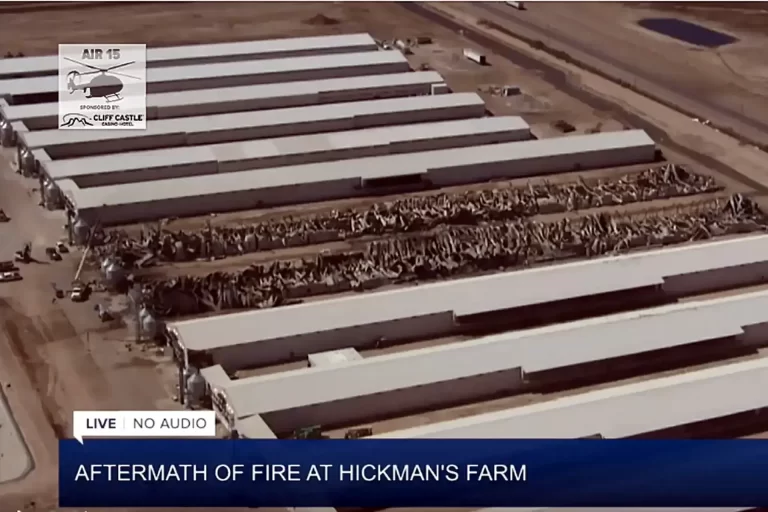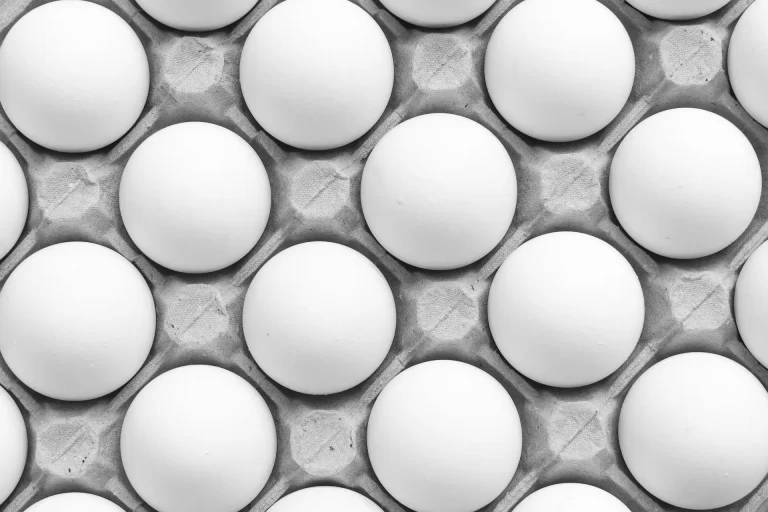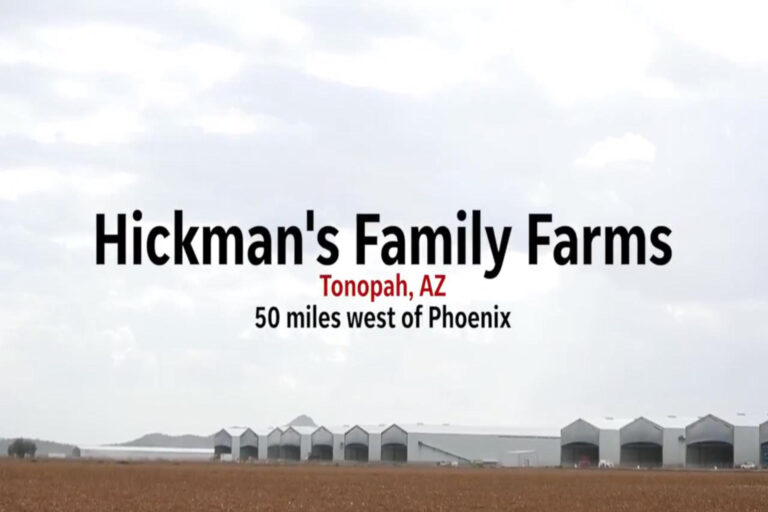On May 19th, 2025, Hickman’s Egg Ranch in Tonopah, Arizona, was hit by yet another catastrophic avian influenza (H5N1) outbreak, leading to the extermination of approximately 2.3 million egg-laying hens. This devastating loss, part of a series of outbreaks at Hickman’s since November 2024, has triggered an estimated $37.4 million in taxpayer-funded bailouts under the USDA’s indemnity program. For Tonopah S.T.O.P.P. (Save Tonopah Oppose Poultry Plant), this crisis is a glaring example of the environmental, health, and economic risks posed by Hickman’s massive Concentrated Animal Feeding Operation (CAFO). This blog post, inspired by a press advisory from Crystal Heath, DVM and reporting by the Veterinary Information Network (VIN), details the outbreak, its implications, and why it demands urgent action to protect our community.
The Outbreak: A Timeline of Events
The avian flu outbreak at Hickman’s Egg Ranch is part of a troubling pattern of disease and disaster at its Arizona facilities. Here’s a timeline based on available information:
- November 2024: The first of three avian flu outbreaks struck Hickman’s, marking the beginning of a series of losses at its four Arizona farms (VIN News).
- January 2025: A second outbreak resulted in the loss of 1.1 million birds, further straining Hickman’s operations and highlighting the vulnerability of its densely packed CAFO (VIN News).
- May 19, 2025: The latest outbreak was confirmed at Hickman’s Tonopah facility, requiring the extermination of 2.3 million hens. The USDA’s indemnity program, recently adjusted under the Trump administration to pay $17 per bird (up from $7), will provide Hickman’s with an estimated $37.4 million in taxpayer funds (VIN News).
- Ongoing: Hickman’s, which once housed six million birds across its Arizona farms, now faces a prolonged recovery. The company has projected a two-year shutdown of most operations, with significant layoffs among its 850 employees, including contract workers and state inmates (Axios Phoenix).
Why This Crisis Matters to Tonopah
Since 2014, Tonopah S.T.O.P.P. has fought against Hickman’s CAFO due to its severe environmental and health impacts, including ammonia emissions, volatile organic compounds (VOCs), and contributions to Phoenix’s ozone issues. The 2025 avian flu outbreak amplifies these concerns, exposing the systemic flaws of industrial poultry farming in our community:
- Environmental Risks: The culling of 2.3 million birds raises serious concerns about waste disposal and potential contamination of air and water. Decomposing animal waste could release additional pollutants, worsening Tonopah’s already compromised air quality (ABC15).
- Health Threats: While H5N1 poses a low risk to humans, workers handling infected birds face exposure hazards. The virus’s presence in local wildlife, such as sparrows and squirrels, increases the risk of community spread, threatening residents already burdened by CAFO-related odors and flies (X post).
- Economic Injustice: The $37.4 million indemnity payout, funded by taxpayers, rewards Hickman’s high-risk business model while residents bear the environmental and health costs. This follows a pattern of corporate protectionism, as seen with Cal-Maine Foods, a ProEgg cooperative member linked to Hickman’s, which profited massively during egg shortages (VIN News).
A Pattern of Disaster
This outbreak is not an isolated incident. Hickman’s has faced repeated crises, including fires in 2019 and 2021 that destroyed barns and killed over 165,000 hens, and a July 17, 2024, fire at the Tonopah facility that lacked sprinklers, a critical safety measure absent due to lax federal regulations (VIN News). The Animal Welfare Institute notes that cage-free houses, like those at Hickman’s, are prone to fires due to high dust levels and electrical malfunctions, yet no mandates require fire suppression systems.
The avian flu crisis further exposes the vulnerabilities of CAFOs. Dr. Crystal Heath, a veterinarian and executive director of Our Honor, calls this a “system where corporations are rewarded for the high risk business model of producing protein via intensively confined animals” (VIN News). The lack of access to H5N1 vaccines in the U.S., despite their use in Europe, left Hickman’s defenseless, highlighting regulatory failures (Newsweek).
Corporate Profits Over Public Good
Hickman’s ties to the ProEgg cooperative, including Cal-Maine Foods, Opal Foods, and Herbruck’s Poultry Ranch, raise additional concerns. Cal-Maine, currently under DOJ investigation for egg price gouging, received $44 million in indemnity payments during past outbreaks while tripling revenues (VIN News). The use of Ventilation Shutdown Plus (VSD+), a controversial culling method involving heatstroke, by these companies further underscores the cruelty of industrial farming. A poll showed only 1.1% of veterinarians consider VSD+ ethical, yet it remains permitted under constrained circumstances by the AVMA (VIN News).
As Dr. Heath notes, “Imagine if we invested even a fraction of these subsidies into disease-resistant, animal-free protein systems instead of propping up antiquated models” (VIN News). A Nature study suggests that alternative food production methods could save $7.3 trillion globally in health and environmental costs, a path worth exploring for Tonopah’s future.
Our Call to Action
Tonopah S.T.O.P.P. demands accountability and reform to protect our community from Hickman’s CAFO:
- End Corporate Bailouts: Taxpayer funds should not subsidize risky industrial farming practices. We call for redirecting subsidies to sustainable, animal-free protein systems.
- Stricter Regulations: Federal and state agencies must mandate vaccines, fire suppression systems, and robust biosecurity to prevent outbreaks and disasters.
- Transparency: Hickman’s must disclose cleanup plans and environmental safeguards to ensure Tonopah’s air and water are protected.
How You Can Help
Join Tonopah S.T.O.P.P. to turn this crisis into a catalyst for change:
- Donate: Support our advocacy for a cleaner, safer Tonopah at tonopahstopp.com.
- Get Involved: Participate in our campaigns to address air quality, health risks, and unsustainable farming practices. Sign up on our website.
- Spread Awareness: Share this post to amplify our message and build community support.
Conclusion
The avian flu outbreak at Hickman’s Egg Ranch, costing 2.3 million hens and $37.4 million in public funds, is a stark reminder of the dangers posed by industrial CAFOs in Tonopah. Coupled with recurring fires and environmental threats, this crisis demands urgent action. Tonopah S.T.O.P.P. stands with veterinarians like Dr. Crystal Heath and organizations like Our Honor to push for a future free from the risks of factory farming. Join us today to protect our community’s health, environment, and future.
Sources
- Mass Extermination of 2.3 Million Birds at Hickman’s Egg Farm to Trigger $37.4 Million in Federal Bailouts – VIN News
- Poultry at Hickman’s Family Farms tests positive for avian flu – ABC15
- Hickman’s Family Farms loses 95% of Arizona chickens to bird flu – AZFamily
- Hickman’s Egg Ranch loses 95% of its chickens to bird flu: What’s next – Fox10 Phoenix
- Largest Egg Producer in Southwest Partially Shutdown: What to Know – Newsweek
- Hickman’s just lost 95% of Arizona chickens to bird flu and says it will take 2 years to rebuild – KJZZ
- Hickman’s Family Farms lost about 95% of its chickens to an avian flu outbreak – Axios Phoenix
- Arizona Egg Titan Hickman’s Loses 95% of Chickens to Bird Flu Scourge – Hoodline
- Largest egg producer in Southwest loses 95% of its chickens in Arizona to bird flu – KKTV
- Hickman’s Family Farms Home – Hickman’s Family Farms



